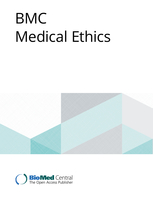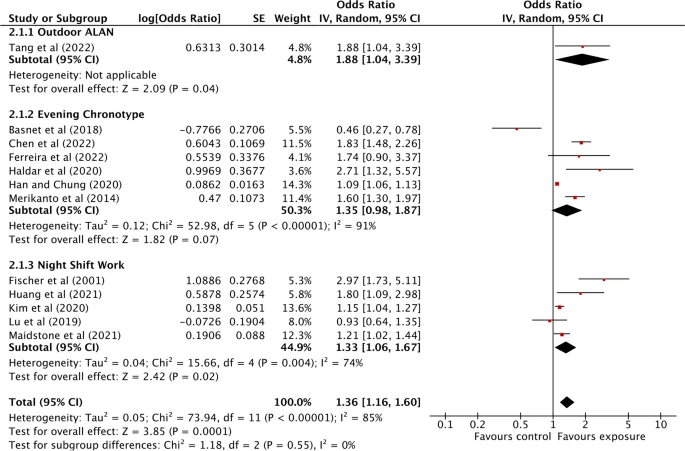Aggelidis X, Kritikou M, Makris M, Miligkos M, Papapostolou N, Papadopoulos NG, Xepapadaki P. J Clin Med. 2024 Feb 4;13(3):898. doi: 10.3390/jcm13030898.
Abstract
Respiratory allergic diseases affect over 500 million people globally and pose a substantial burden in terms of morbidity, mortality, and healthcare costs. Restrictive factors such as geographical disparities, infectious pandemics, limitations in resources, and shortages of allergy specialists in underserved areas impede effective management. Telemedicine encompasses real-time visits, store-and-forward option triage, and computer-based technologies for establishing efficient doctor-patient communication. Recent advances in digital technology, including designated applications, informative materials, digital examination devices, wearables, digital inhalers, and integrated platforms, facilitate personalized and evidence-based care delivery.








